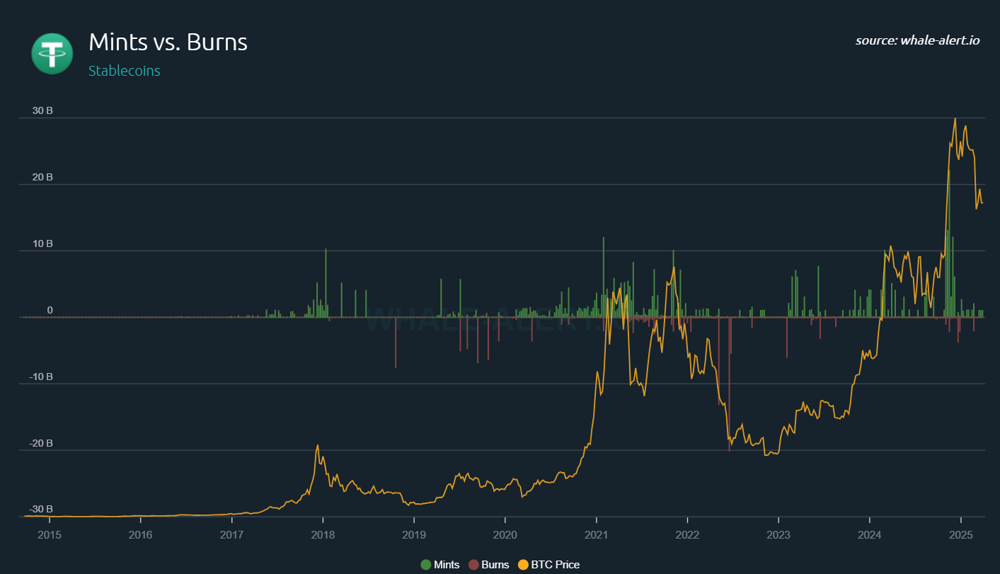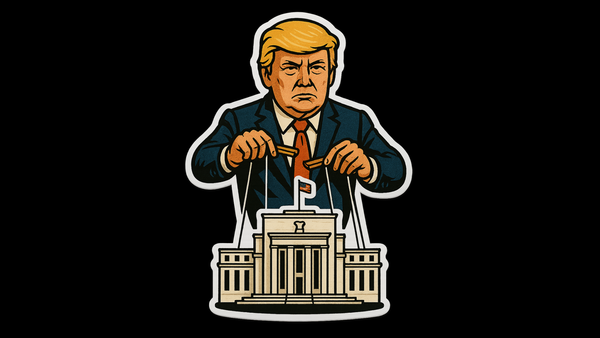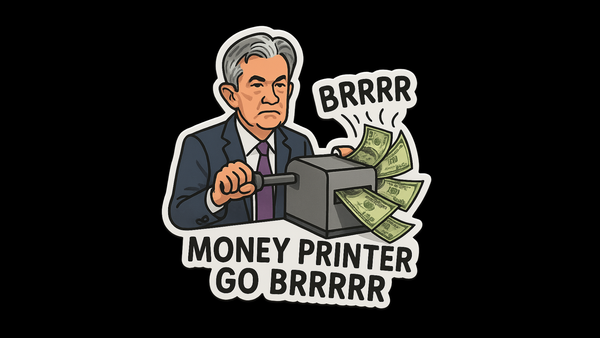Why Stablecoins Are the Key to Bitcoin’s Explosive Growth

If you’ve spent any time following the world of cryptocurrencies, you’ve probably heard the term “stablecoin.” But what exactly are stablecoins—and why are they so important for Bitcoin’s ongoing rise? As it turns out, stablecoins play a crucial, often overlooked role in fueling Bitcoin’s growth and making the whole crypto economy work.
Let’s break down how stablecoins and Bitcoin are connected, why they tend to grow together, and why recent support for stablecoins by the U.S. government could give Bitcoin its next big boost.
What Are Stablecoins?
Stablecoins are digital tokens designed to hold a steady value, usually pegged to a traditional currency like the US dollar. Unlike Bitcoin, whose price can swing wildly from day to day, stablecoins like Tether (USDT) or USD Coin (USDC) aim to stay around $1 at all times. This makes them incredibly useful as a “safe harbor” in the often stormy seas of crypto trading.
How do they work? Each stablecoin is backed by assets—such as dollars, bonds, or other stable investments—held in reserve by the issuer. When you buy a stablecoin, you’re essentially trading your real dollars for a blockchain-based version that can be used 24/7, anywhere in the world, without needing a bank.
Stablecoins and Bitcoin: A Powerful Partnership
On the surface, it might seem like stablecoins and Bitcoin serve opposite purposes. One is steady, the other is famously volatile. But in reality, the growth of stablecoins and Bitcoin is deeply linked—they fuel each other in several key ways.
1. Stablecoins Make It Easy to Buy and Trade Bitcoin
First and foremost, stablecoins are now the main “currency” used to buy and sell Bitcoin on crypto exchanges worldwide. In fact, more Bitcoin is traded against stablecoins like USDT than against actual dollars or euros. That’s because stablecoins can be moved instantly, 24/7, without bank delays or high fees.
Imagine you want to buy some Bitcoin. If you already have stablecoins in your exchange account, you can snap up Bitcoin in seconds—no need to wait for a wire transfer to clear. If you want to sell, you can move back into stablecoins instantly, locking in your profits while staying in the crypto world.
This constant back-and-forth between Bitcoin and stablecoins keeps the market liquid and efficient. As a result, traders and investors are more active, and the price of Bitcoin benefits from all that extra buying power.
2. Stablecoins Bring New Money Into Bitcoin
When people bring new cash into the crypto market, they almost always do it by buying stablecoins first. Think of stablecoins as the “on-ramp” to the whole crypto economy. Once those digital dollars are on the blockchain, it’s just a short hop to buying Bitcoin.
In fact, analysts have noticed a powerful pattern: when the supply of stablecoins goes up, Bitcoin’s price often follows. That’s because a flood of new stablecoins means new money is waiting on the sidelines—money that can quickly be used to buy Bitcoin and push the price higher.
As one industry study put it:
“An increase in the total supply of stablecoins indicates that large investors are ready to buy BTC… and they are usually proven right.”

Figure: Tether (USDT) stablecoin issuance (green bars) and redemptions (red bars) plotted alongside Bitcoin’s price (yellow line). Large USDT mints have often coincided with major Bitcoin price spikes, as seen in 2017, 2021, and late 2024, indicating new capital flowing in via stablecoins during those rallies. Meanwhile, redemptions (burns) tend to follow Bitcoin market corrections, showing how stablecoin supply contracts when traders exit positions. This visualizes the tight link between stablecoin supply expansion and Bitcoin’s bull runs.
So, when you see billions of new stablecoins minted, it’s often a sign that Bitcoin is about to make its next big move.
3. Stablecoins Act as a Safety Net (and a Launchpad)
Not only do stablecoins make it easy to get into Bitcoin, but they also provide a safe place for traders to park their profits during times of market turbulence. Instead of cashing out into a traditional bank account, investors can quickly swap Bitcoin for stablecoins and wait for a better opportunity to buy back in.
This creates a kind of “liquidity buffer.” Even during downturns, stablecoins keep money circulating within the crypto market—ready to flow back into Bitcoin when the time is right. The result? Bitcoin’s growth is supercharged by all the stablecoin capital sitting on the sidelines.
Government Support for Stablecoins = Good News for Bitcoin
In 2025, the U.S. took a big step forward by passing the GENIUS Act, the first law to fully regulate stablecoins. The new law ensures that every stablecoin is 100% backed by real assets, requires regular audits, and puts strict rules in place to protect consumers. This means more people—and big institutions—can trust stablecoins.
But what does this mean for Bitcoin? Even though Bitcoin isn’t directly mentioned in the law, the benefits are clear:
- More trust in stablecoins means more new users and money entering crypto markets—and much of that will end up in Bitcoin.
- Big companies and banks are now more comfortable launching their own stablecoins, making it even easier for the general public to get into digital assets.
- As stablecoin usage explodes, Bitcoin stands ready as the flagship crypto for new investors to discover.
U.S. Treasury Secretary Scott Bessent captured the excitement, saying:
“Stablecoins could grow into a $3.7 trillion market by 2030, and the GENIUS Act will accelerate that expansion.”
A $3.7 trillion stablecoin market means trillions in new digital dollars available to flow into Bitcoin—fueling the next era of growth.
The Data: Stablecoins and Bitcoin Grow Together
The numbers don’t lie: when stablecoins surge, Bitcoin usually isn’t far behind. For example:
- In late 2024, as Bitcoin rocketed from $66,000 to over $100,000, Tether (USDT) issued billions in new tokens—providing the fuel for Bitcoin’s rally.
- When the market cools, some of those stablecoins are “burned” (taken out of circulation), as investors cash out. But the pattern repeats: new stablecoin issuance almost always precedes the next Bitcoin run.
Stablecoins are now responsible for more than 80% of all crypto trading volume. That’s up from less than 20% just a few years ago. This means Bitcoin’s growth is more tied to stablecoins than ever before.
Conclusion: A Rising Tide Lifts All Boats
In the end, stablecoins and Bitcoin aren’t competitors—they’re partners. Stablecoins bring stability, liquidity, and massive new capital into the crypto world, all of which help Bitcoin thrive. Every dollar that enters crypto as a stablecoin is a dollar that can become Bitcoin at a moment’s notice.
With clear rules and government support paving the way, stablecoins are set to explode in popularity. As that happens, Bitcoin will be one of the biggest winners—poised to reach new heights thanks to the steady fuel provided by the stablecoin engine.
In the new era of digital finance, what’s good for stablecoins is great for Bitcoin.




